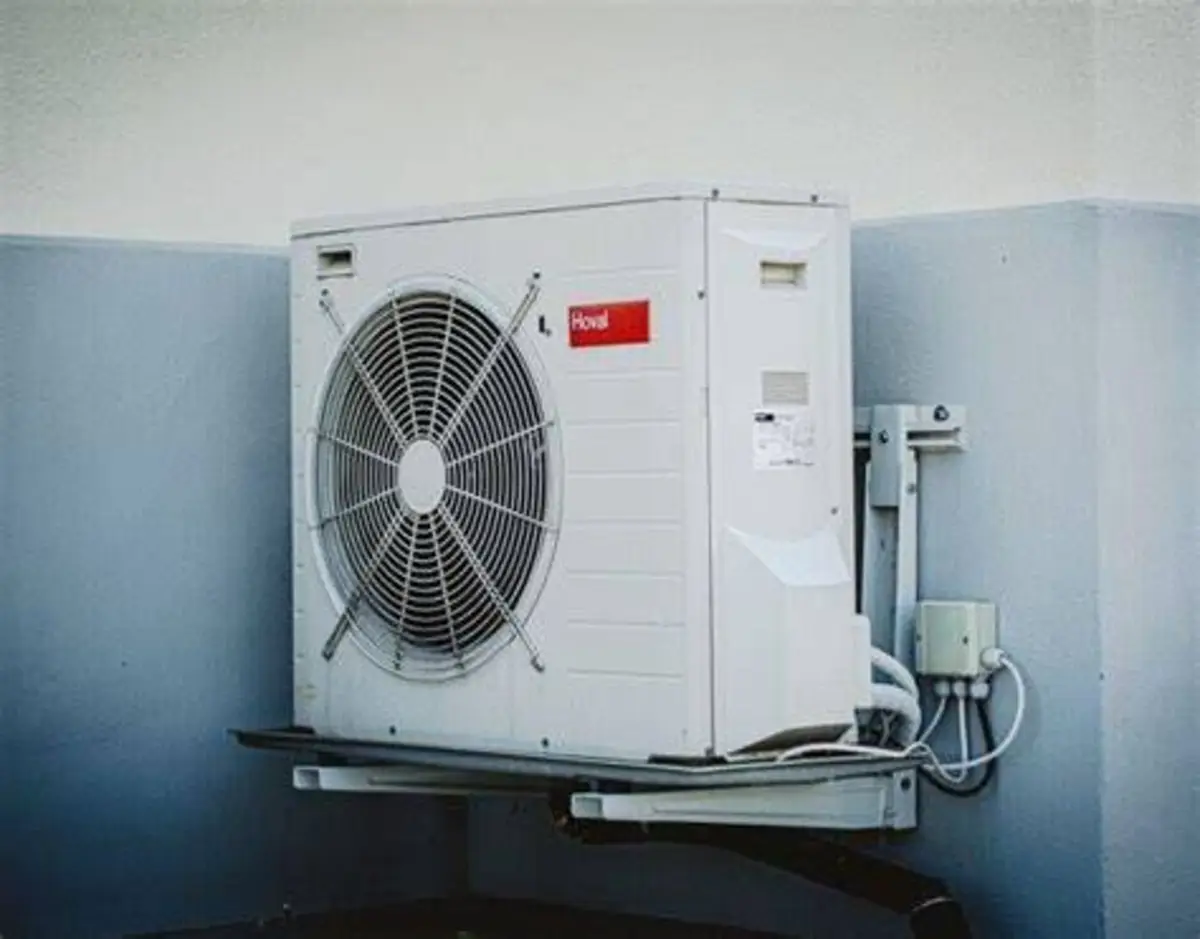Air conditioners are a major investment for any home or building, and like any piece of equipment, they require a stable, secure base. That’s where air conditioner pads come in. While often overlooked, these pads play a crucial role in the performance, longevity, and efficiency of your system. But are they always necessary? Let’s break down what air conditioner pads are, why they matter, and when you should use one.
What Is an Air Conditioner Pad?
An air conditioning pad is a sturdy platform—often constructed from concrete, composite, or heavy-duty plastic—placed beneath the outdoor condenser unit. Its purpose is simple: provide a level, stable surface to support the unit. Without it, the condenser might rest directly on soil, grass, or gravel, which can shift, erode, or settle over time.
Today, most residential and commercial installations include some type of pad. In fact, many building codes and HVAC best practices require them to ensure safety and performance.
Why Do You Need an AC Pad?
Stability and Leveling
Air conditioners rely on precise internal components. A condenser that tilts or sinks can put stress on refrigerant lines, cause vibrations, and reduce efficiency. A properly sized pad ensures the unit stays level and secure.
Moisture Protection
By lifting the condenser above the ground, the pad reduces exposure to rainwater, snow, and pooling runoff. Keeping the system elevated helps prevent corrosion at the base of the unit and protects electrical connections.
Pest and Vegetation Control
Without a pad, weeds, grass, and insects can easily invade the space under and around the unit. A pad discourages this growth and helps maintain clearance for proper airflow.
Noise and Vibration Reduction
High-density composite pads in particular are designed to absorb vibration. This minimizes the humming and rattling sound that can travel through walls and windows, improving comfort for building occupants.
Compliance and Resale Value
Many municipalities and inspectors require condensers to be mounted on pads. If you ever sell your property, having the installation done to code adds credibility and prevents costly retrofits.
Types of Air Conditioner Pads
Not all pads are created equal. The best choice depends on your property, soil conditions, and budget.
Concrete Pads
Heavy and durable, concrete pads have been the standard for decades. They resist movement and weather damage but are harder to install and may crack over time.
Composite or Plastic Pads
Made from high-density polyethylene or polypropylene, these pads are lightweight yet strong. They’re resistant to cracking, weathering, and insect damage. Many modern HVAC installations favor composite pads because they combine stability with easier handling.
Pre-fabricated Polymer/Concrete Hybrid Pads
Some products blend concrete strength with polymer flexibility, offering a balance of durability and weight reduction.
Do You Always Need an AC Pad?
In most cases, yes. For any new installation, an AC pad is regarded as a standard requirement. Exceptions are rare but might include rooftop units or wall-mounted mini-splits that have built-in brackets and do not touch the ground.
However, if your outdoor unit is currently resting directly on the ground or on a deteriorating pad, it’s worth addressing. Uneven settling can lead to premature wear, higher energy costs, or even refrigerant leaks.
Choosing the Right Pad for Your System
When selecting an air conditioner pad, consider:
- Size and Weight Capacity: The pad should be larger than the condenser’s footprint and able to support its full weight.
- Local Climate: In freeze-thaw regions, a non-cracking composite pad may outlast concrete.
- Ground Conditions: Soft or sandy soils may require a thicker or reinforced pad.
- Vibration Needs: If noise is a concern, choose a pad with vibration-absorbing design.
Consult your HVAC contractor or supplier to match the pad to your equipment and site conditions.
Final Word: A Small Investment with Big Payoff
service ac jakarta selatan: Air conditioner pads may not grab attention, but they do essential work. By keeping your system level, protected, and code-compliant, they extend the life of your investment and help your AC perform at its best. For homeowners and building managers alike, installing the right pad is a smart, low-cost safeguard against future problems.


